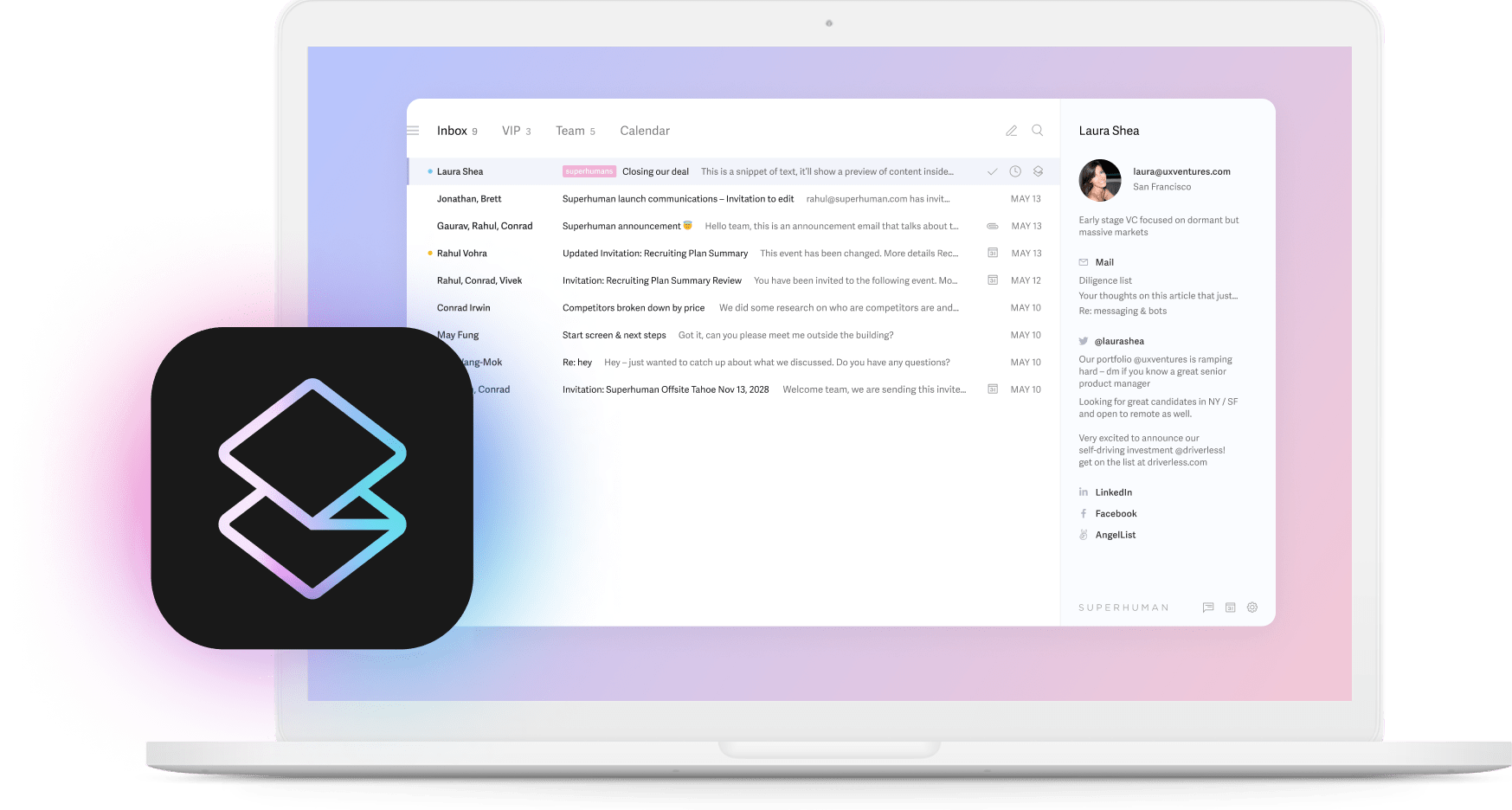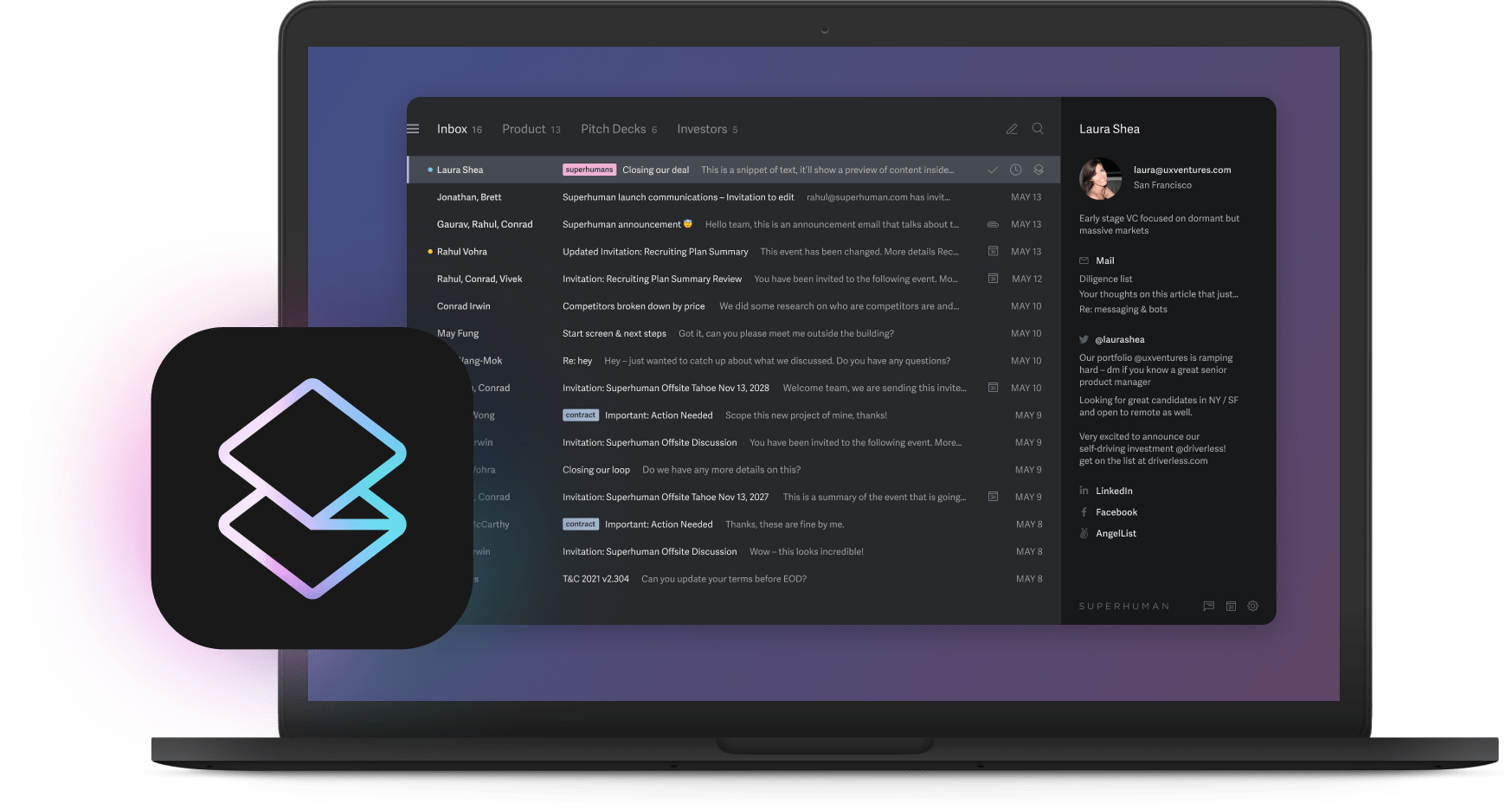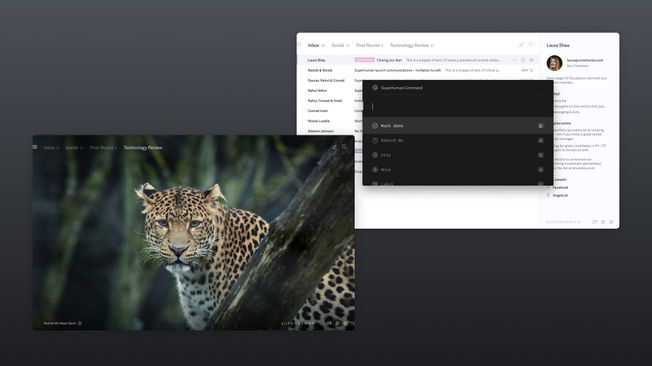
Getty Images filed a multibillion-dollar lawsuit against Stability AI for training on millions of copyrighted photos. Now those watermarks appear in generated images. A class action suit claims the same companies stole artistic styles from thousands of creators.
Your company could be next if you deploy generative AI without proper safeguards.
The threat goes beyond copyright. Plaintiffs test theories around privacy violations, confidentiality breaches, and false advertising claims. Patent litigation alone costs between $2.3 million and $4 million on average, with technology disputes often reaching similar levels. Add potential damages, regulatory fines, and damaged reputation, and your AI investment becomes an existential threat.
Yet companies doing AI right see massive returns. Top performers save 14% more time weekly than their peers. That translates to hundreds of productive hours annually when you scale across teams.
You need a framework that captures these gains while avoiding courtrooms. This guide gives you eight concrete steps to map legal risks, clean your data, control outputs, and protect against vendor liability. Follow these steps and you'll deploy AI safely while competitors stumble into expensive mistakes.
The legal-first deployment blueprint
Seven essential moves keep you protected while capturing productivity gains. Each action ties to real litigation and weighs benefits against lawsuit risk.
Audit every machine learning tool. Shadow AI becomes your biggest hidden liability. Control data flows now or watch trade secrets leak through unauthorized apps. Network logs reveal when employees use external AI tools without approval, each instance potentially exposing confidential data.
Verify training dataset rights. Getty's lawsuit seeking up to $1.7 billion in damages shows what happens when you scrape first and ask later. Secure proper licenses or face model takedowns and infringement suits. The market now expects clear documentation showing you have rights to every image, text snippet, and data point used in training.
Classify data before ingestion. GDPR requires purpose limits and deletion rights. Build trust through compliance or pay fines that dwarf any efficiency gains. European regulators already issue penalties for AI systems that can't demonstrate lawful basis for processing personal data.
Add human review for outputs. Hallucinated content can trigger enforcement actions and damage claims. Ensure accuracy and brand safety or face reputation damage and false advertising claims.
Log prompts and decisions. Courts increasingly demand complete audit trails in discovery. Missing records shift blame to you. Create documentation shields or pay spoliation penalties. Discovery requests now routinely ask for every prompt, response, and human edit made to AI-generated content.
Renegotiate vendor contracts. Standard terms cap liability at monthly fees while you absorb all risk. Push for real indemnification or pay for vendor mistakes. Most AI vendors try limiting exposure to the amount you paid last month, leaving you exposed to larger claims.
Close insurance gaps. Traditional policies exclude AI intellectual property claims. Transfer catastrophic risk through proper coverage or write checks when sued. Cyber insurance often explicitly excludes "experimental technology," which insurers argue includes most AI tools.
Step 1: Map your lawsuit landscape
Six categories cover nearly every AI lawsuit making headlines today. Each has active cases shaping how courts view these technologies.
Intellectual property sits at the top. Stable Diffusion faces claims they copied millions of images without permission. Getty says its watermarks now appear in AI-generated content. Artists argue their distinctive styles get replicated without consent or compensation. Publishers claim models trained on their content violate copyright even when outputs don't directly copy text.
Data privacy creates major exposure when models ingest personal information against regulations. HIPAA violations occur when patient data enters AI systems. GDPR breaches happen when European citizen data gets processed without proper basis. Financial regulations trigger when account details get processed by external models without required safeguards.
Vendor contracts shift output risk to customers through clever language. Regulated industries face compliance failures since rules apply to automated outputs just like human ones. Missing documentation makes proving compliance impossible when investigators arrive. Banking regulations still apply to AI-driven loan decisions. Insurance underwriting rules cover algorithmic assessments.
Technology defense bills cross million-dollar thresholds before you even reach trial. Complex litigation requires technical experts, extensive document review, and lengthy depositions. Even winning costs more than most companies budget for legal expenses.
Run this 30-minute scan to find vulnerabilities. List every AI tool including trials and beta versions. Flag anything that touches customers or regulators. Document what data each model accesses. Review vendor terms for liability caps and indemnification. Note where human review exists or doesn't. Check which employees have access to AI tools and what training they've received. Identify any AI-generated content already published or sent to clients.
Create a simple spreadsheet tracking these findings. Update monthly to catch shadow AI when network logs reveal unauthorized usage. This heat map shows where to focus your protection efforts first.
Step 2: Build your input firewall
Clean training data prevents copyright claims from taking root. When datasets contain licensed or public domain content, you eliminate the foundation for most lawsuits while maintaining model performance.
Three data tiers balance legal safety with practical needs. Public domain content stays generally safe for use, including government documents, expired copyrights, and content with Creative Commons Zero licenses. Licensed data requires following contract terms carefully, whether purchased from stock photo sites, licensed from publishers, or obtained through data brokers. Confidential or restricted data needs strict access controls and clear business justification, especially customer information, employee records, or competitive intelligence.
Courts examine whether companies took reasonable precautions. They want to see clean-room datasets with access controls, purpose-limitation tags restricting data use, and documentation showing ownership rights. This paper trail becomes critical during investigations. Judges look for evidence you understood the risks and took steps to mitigate them. They check whether you segregated different data types, limited access on a need-to-know basis, and maintained logs of who accessed what.
Watch for pitfalls that undermine good intentions. Over-restricting data might hurt model performance if you exclude important training sets. Third-party integrations often introduce unexpected data usage and new liabilities. APIs that seemed safe might retain and reuse your inputs for their own model training. Web scrapes might inadvertently capture copyrighted content even from public sites.
Secure storage and automated classification help enforce controls as you scale. Regular audits ensure practices stay aligned with requirements as programs grow. Quarterly reviews catch drift before it becomes entrenched. Monthly spot checks verify access controls still work. Annual third-party assessments provide independent validation.
The Stability AI litigation demonstrates what happens when training data sources aren't properly vetted. Starting with rigorous data management creates both legal protection and operational excellence. Companies with clean data practices move faster because they don't need to rebuild models when problematic training data surfaces.
Step 3: Govern every output
One unchecked output reaching customers can destroy years of brand building. Hallucinated facts, hidden copyrighted text, or leaked private data sit at the center of current lawsuits. The risk multiplies when no human checks work before publication.
Courts now ask whether companies took reasonable steps preventing foreseeable harm. Human review has become legally necessary, not optional. Regulators expect you to catch problems before customers do. They want evidence of systematic quality control, not just spot checks when someone complains.
Create four checkpoints matching core exposures. First, verify accuracy by checking every fact, citation, calculation, and claim. Flag anything the model invented and require sources for all statistics and quotes. Verify dates, check calculations, and confirm technical specifications against documentation.
Second, scan for copyright by running outputs through detection software and confirming you own the rights. Partial copying still triggers infringement claims. Even paraphrasing can violate copyright if it's too close to the original. Song lyrics, movie quotes, and book passages often appear in AI outputs without attribution.
Third, check regulatory compliance by matching content against privacy, advertising, and industry rules. Financial services need proper disclosures. Healthcare information requires accuracy warnings. Investment content needs appropriate disclaimers. Marketing claims need substantiation.
Fourth, ensure brand alignment through authentic voice, respect for diversity, and appropriate tone. Check for unintended bias in examples or scenarios. Verify cultural references make sense globally. Confirm technical terms match your standard terminology.
Tools like IBM AI Fairness 360 help test for bias. Copyright scanners reduce manual work. Set targets like reviewing public content within 24 hours, internal drafts within 30 minutes. The slight delay beats million-dollar lawsuits. Build review queues that route content to appropriate experts.
When reviewers disagree with model output, give reviewers final say. Record the rationale and regenerate rather than forcing fixes onto bad text, creating an auditable chain that proves accountability when regulators or courts demand explanations.
Step 4: Create your audit trail
The fastest lawsuit defense shows exactly what happened and why. Good audit trails turn every prompt and edit into protection, providing evidence courts and regulators demand. Recent copyright cases already request internal logs showing how content got processed.
Your log needs several elements to withstand scrutiny. Capture raw prompts initiating each process, including who entered them and why. Tag every data source influencing output, whether training data, retrieval results, or human examples. Record reviewer identities and their specific decisions, including what they changed and their reasoning. Keep complete edit history with deletion rationales. Note final publication timestamps and distribution channels.
Store records in write-once cloud storage or immutable systems. Mirror to version control showing when records changed. Encrypt personal data, keeping keys separate from logs. GDPR expects protection for data at rest and in transit. Use tamper detection that alerts on any unauthorized modification attempts.
Seven-year retention works for most industries since regulators often investigate old incidents. Make that your default unless specific rules require longer. Use role-based access limiting log viewing to legal, security, and designated product owners. Create separate retention policies for different data types. Balance privacy requirements against litigation holds.
Schedule quarterly checks confirming logs stay complete and unchanged. Audit new integrations immediately when deployed. When subpoenas arrive, you'll have answers ready rather than scrambling for documentation. Run test retrievals to ensure you can actually find and extract needed records. Practice your incident response process before you need it.
Step 5: Zone your use cases
Smart companies treat different AI uses differently. Quick classification lets you move fast where risk stays low while adding protection where stakes run high.
Green zone covers internal work like meeting notes, code comments, or draft memos. Nothing reaches customers or regulators. Risk stays minimal when models only touch your controlled data without personal information. This matches the "minimal risk" tier in EU frameworks. This includes summarizing public research papers, generating test data, or creating internal training materials from your own documentation.
Yellow zone includes customer-facing content like marketing copy, sales emails, or support responses. The public sees output but mistakes rarely cause direct harm. Add human review and copyright scanning since even headlines can hide infringement issues or factual errors. Write with AI helps maintain quality while speeding up these workflows. This covers blog posts, social media content, product descriptions, and automated email responses that don't involve sensitive decisions.
Red zone means decisions affecting health, money, or legal rights. Medical summaries, loan approvals, policy language, investment guidance all land here. These trigger HIPAA, GLBA, and other strict rules. One hallucination invites both regulators and plaintiffs. Credit decisions need fair lending compliance. Insurance underwriting requires actuarial justification. Healthcare recommendations need clinical validation.
To classify any project, check who sees the output (internal stays green), whether it affects rights, money, or health (yes means red), and what data feeds the model (personal or regulated data increases risk level). Consider worst-case scenarios if something goes wrong.
When uncertain, choose the higher zone. Start deployments in green for quick wins while building governance. Hold red projects until audit trails and review processes run smoothly. Move deliberately from green to yellow, learning from each stage.
Review classifications quarterly. Innocent prototypes can drift from green to red without anyone noticing. Regular checks keep controls proportionate to actual risk.
Step 6: Fix vendor and insurance gaps
Perfect internal controls mean nothing if vendor contracts leave you exposed. Most providers push risk downstream through vague disclaimers and tiny liability caps. You're left paying when their models generate problems.
Standard agreements say "Customer assumes all output risk" or "Service provided as-is." These terms mean you pay if prompts generate infringing content. Liability caps often stop at last month's fees. Indemnification clauses protect the vendor, not you. Arbitration requirements prevent class actions but don't limit your exposure to third-party claims.
Start renegotiations with clear demands addressing real exposure. Get non-infringement warranties stating training data and outputs won't violate third-party rights. Markets increasingly accept this for enterprise deals. Push for representations that models were trained on properly licensed data. Require warranties that outputs won't include personally identifiable information from training sets.
Push litigation costs back through duty-to-defend clauses. Vendors handle proceedings, not just write checks after you lose. Aim for liability caps at least ten times annual fees or uncapped for intellectual property. Include step-up provisions that increase caps as your usage grows. Negotiate most-favored-nation clauses ensuring you get the best terms they offer anyone.
Ban vendors from reusing your confidential inputs for training without explicit permission. Preserve audit rights to review their datasets and security. Require notification of any breaches, investigations, or lawsuits involving their AI systems. Get termination rights if they face regulatory action or litigation that could affect you.
Check vendor financial health and insurance. Fast-growing startups carry minimal coverage, making even good indemnity promises worthless if they can't pay. Request financial statements or credit reports. Verify their insurance covers AI-related claims.
Your coverage probably excludes AI incidents. Traditional policies carve out intellectual property or label AI "experimental technology." General liability excludes most technology claims. Professional liability might not cover AI-generated advice. Directors and officers insurance might exclude decisions based on artificial intelligence.
Close holes through coordination. Map each risk to matching coverage. Intellectual property goes to technology errors and omissions. Privacy breaches go to cyber liability. Work with brokers who understand AI to add endorsements covering algorithmic bias and training disputes. Get explicit confirmation that AI activities are covered. Negotiate removal of experimental technology exclusions.
Watch contract language carefully. If vendor agreements make you accept "sole responsibility," insurers deny claims. Push for balanced contracts, then mirror that language in policy endorsements. Align deductibles with your risk tolerance.
Require vendors to carry their own coverage naming you as additional insured. Get notification if policies cancel. Verify their coverage actually pays for AI claims. Confirm limits refresh annually rather than eroding with each claim.
Step 7: Your 90-day timeline
Move from uncertainty to controlled deployment in three focused months. This schedule maintains momentum while solving problems before they threaten success.
Month 1: Foundation. Map every use case against liability categories. Form a governance council with legal, security, engineering, product, and communications representatives. They own policies and escalation paths going forward. Draft plain-language policies covering data sources, human review, and incident reporting. Skip legal jargon so employees understand intellectual property and privacy risks. Complete training before anyone builds anything. These foundations create defensible programs.
Month 2: Technical controls. Classify data and set input controls limiting models to clean datasets. Add human checkpoints for public content. Wire logging to storage making prompts and edits tamper-evident. Continuous assessment through weekly sprints catches issues early when they're cheap to fix. Build automated testing that catches common failures. Create templates for standard use cases.
Month 3: Scale safely. Launch green zone uses first. Track metrics like review time and incident rates. Keep flagged outputs below 2% before expanding to customer content. Legal renegotiates vendor contracts for better indemnification and higher caps. Risk management updates policies closing intellectual property exclusions. Gather feedback constantly and adjust based on real experience.
Expect friction. Legacy systems might not log cleanly. Shadow AI surfaces once policies enforce. Resolve fast, meet weekly, and by day 90 you'll have a defensible program ready to accelerate.
Conclusion
Single missteps trigger multimillion-dollar exposure in the generative era. Build safeguards into every stage and you capture transformative benefits without headline lawsuits.
Start now with rapid scans logging every model, dataset, and customer output. Use inventories to launch risk assessments. Create cross-functional oversight reviewing use cases before they ship.
Schedule quarterly reviews absorbing new regulations and case law. Legal landscapes shift too fast for annual updates. Regular reviews keep controls current as technology and law advance.
This blueprint provides your practical path. Map liabilities, clean data, govern outputs, log everything, strengthen vendor contracts. Follow systematically and you'll move faster than rivals while avoiding courtrooms. Print checklists, book kickoff meetings, start building programs that drive innovation rather than litigation.





